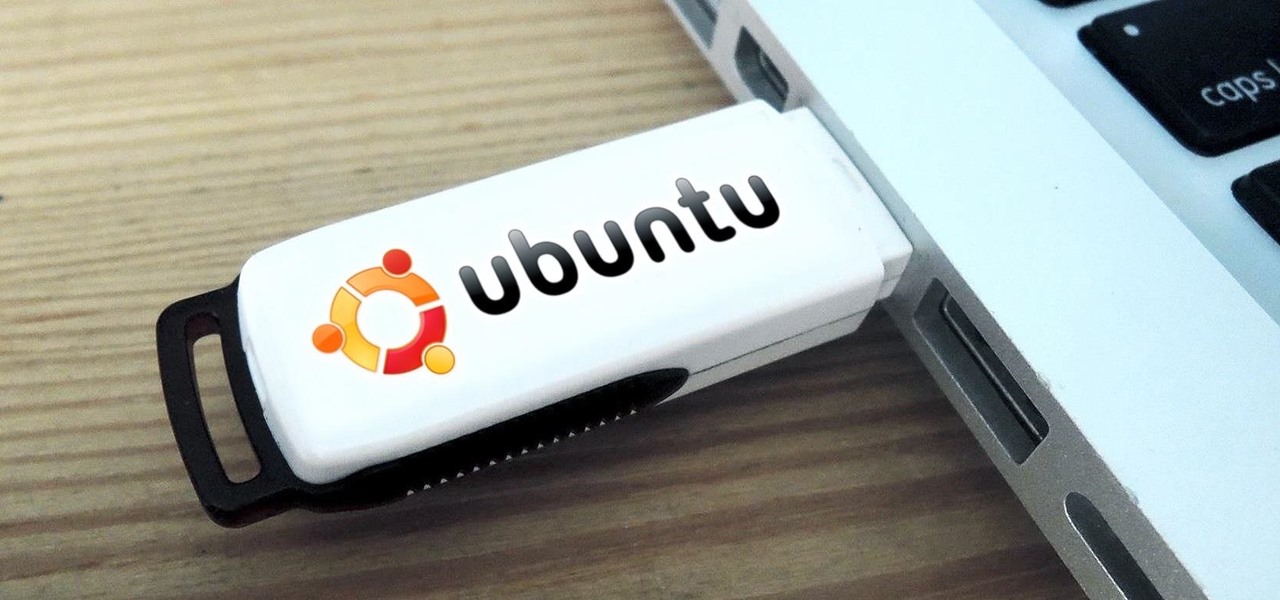How To Make A Boot Usb Drive For Mac Osx

Having said that, your description of a crash right after the boot chime could signify a more serious hardware problem and you may not be able to boot anything. If you boot holding the option key down, the startup disk selection screen should appear. If it crashes anyways, you may be looking at a hardware problem. I know this question is old but it is still valid. I was never able to write a Mac installer image to my Flash Drive and have it bootable, unless I did it on a Mac. Which ssd for mac pro 2010. Using Michael D. Dryden's, I was able to use the Diskpart command to clean and prep a GPT partition on a flash drive for an OSX Mavericks install image. How can i download programs for free clean my mac for macbook air.
The simplest way to create a boot USB drive is to download DiskMaker X and use it to create your drive. Generally, the latest version supports only the latest version of macOS; if you want to install something older than macOS High Sierra, check the list of older versions and download one that’s compatible with your chosen operating system. If you plan to use the OS X installer on other Macs, or—in this case—to create a bootable installer drive, be sure to copy the installer to another drive, or at least move it out of the. When it’s done, insert your USB drive into any Mac, then launch the installer by holding down the Option key when you boot up your computer.
It doesn’t matter whether you’re a macOS Sierra or a Windows 10 user, it’s just a matter of time until your device refuses to boot, which could be for a number of reasons, including file corruption, hardware failure, buggy update, etc. If the unexpected happens with Apple computer, you can use a macOS bootable USB with the installation media to repair it. This is one of the main reasons why you should always consider making a macOS bootable USB when your device is working properly.
Format the USB drive • Click the Partition tab • Under the Partition Layout header click on the 1 Partition option in the drop-down menu • Click the Format drop-down menu and select Mac OS Extended (Journaled). Bear in mind that this will erase all data from the USB drive, so backup any important files before proceeding.
Comments are closed.